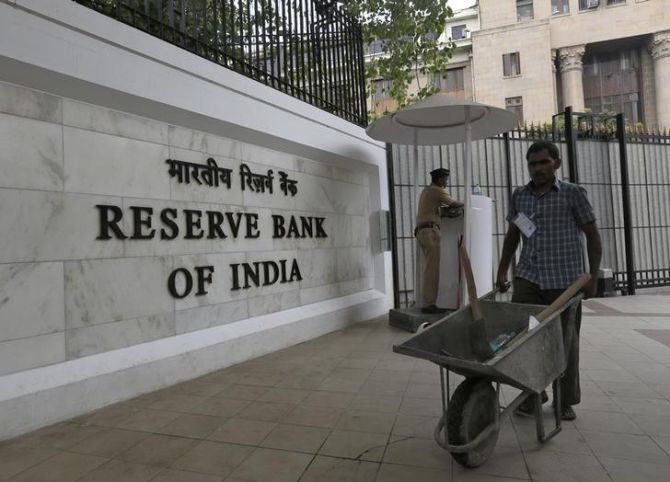With the introduction of new notes, India will have denominations of Rs 1, 2, 5, 10, 20, 50, 100, 200, 500 and 2000.

The Reserve Bank of India (RBI) will issue Rs 200 notes soon, possibly at the end of August itself, filling the missing link between Rs 100 and Rs 500, and thus facilitating ease of exchange for common public.
The finance ministry on Wednesday notified the introduction of the new notes.
The decision to introduce the new note was taken by RBI board in March.
Introduction of currency notes is done by any central bank based on an assessment of inflation, economic growth, replacement of soiled banknotes, reserve stock requirements, needing to combat counterfeiting but most importantly, to facilitate ease of transactions for the common man.
The optimal system of denominations of currency is worked out on the basis of minimising the number of denominations needed for offering the exact change.
There are actually some renowned international research works behind determining the optimal mix of currency notes.
According to researchers, for providing exact change, the optimal denominations should proceed in powers of three.
But this is not possible in the decimal system, and hence no central bank has been able to follow this. Instead, many countries have adopted a near variation of the international standard of Renard Series (named after French Army Engineer Colonel Charles Renard), which divides the interval of 1 to 10 into 5, 10, 20, or 40 steps.
This is also called ‘preferred number’ series, which leads to a geometric sequence.
For practical purposes, the ratio works out to be 1:2, or 1:2.5 between adjacent denominations, which means the next currency denomination should be twice or two and a half times of the preceding one.
This is also closest to the rule of powers of three that a central bank can follow. And hence, after Rs 100 notes, there should be a Rs 200 note, a logical but missing link.
With the introduction of new notes, India will have denominations of Rs 1, 2, 5, 10, 20, 50, 100, 200, 500 and 2000.
Photograph: Danish Siddiqui/Reuters











